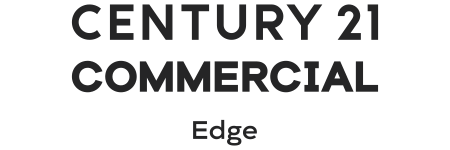Every owner of condominium property automatically becomes a member of a Florida condo association. With that membership come certain rights as well as certain responsibilities. The primary right that the owner has is to vote at the condo association meetings and elect board members. Responsibilities include payment of condo fees and assessments, compliance with association by-laws and rules, and maintaining a condo unit in conformity with those by-laws and rules.
As real estate professionals, it is our responsibility to help prepare buyers that we work with on how a condo association works and the various terms that a buyer may encounter during their ownership. Let’s take a look at a few of them.
Individual Units
Common Elements
Common Owners' Responsibilities Inside Their Units
CONDO ASSOCIATION DOCUMENTS
When a Florida condo association is formed, several documents are created. Chapter 718 of the Florida Statutes mandates that certain documents be provided to purchasers of condos and provides those purchasers a prescribed recission period once they receive the applicable documents. Which documents are provided and how long the recission period will be depends on whether or not the condo is being resold by a private individual (resale) or if it is being sold by the developer as a “new build.”
Below you’ll find a table of all the documents and under which sale type they must be provided to a purchaser:
|
Document Name
|
Resale
|
New Build
|
|---|---|---|
|
Declaration of Condominium
|
Required
|
Required
|
|
Articles of Incorporation
|
Required
|
Required
|
|
Bylaws of the Condo Association
|
Required
|
Required
|
|
FAQ
|
Required
|
Required
|
|
Most Recent Year-End Financial Report
|
Required
|
N/A
|
|
Rules of the Association
|
Required
|
N/A
|
|
Governance Form
|
Required
|
N/A
|
|
Prospectus
|
N/A
|
Required
|
|
Estimated Operating Budget
|
N/A
|
Required
|
After a condo purchaser signs the purchase and sale contract as well as receives the above statutory required documents, they have the following recissions periods:
- Resale: 3-days business days
- New Build: 10-days calendar days





